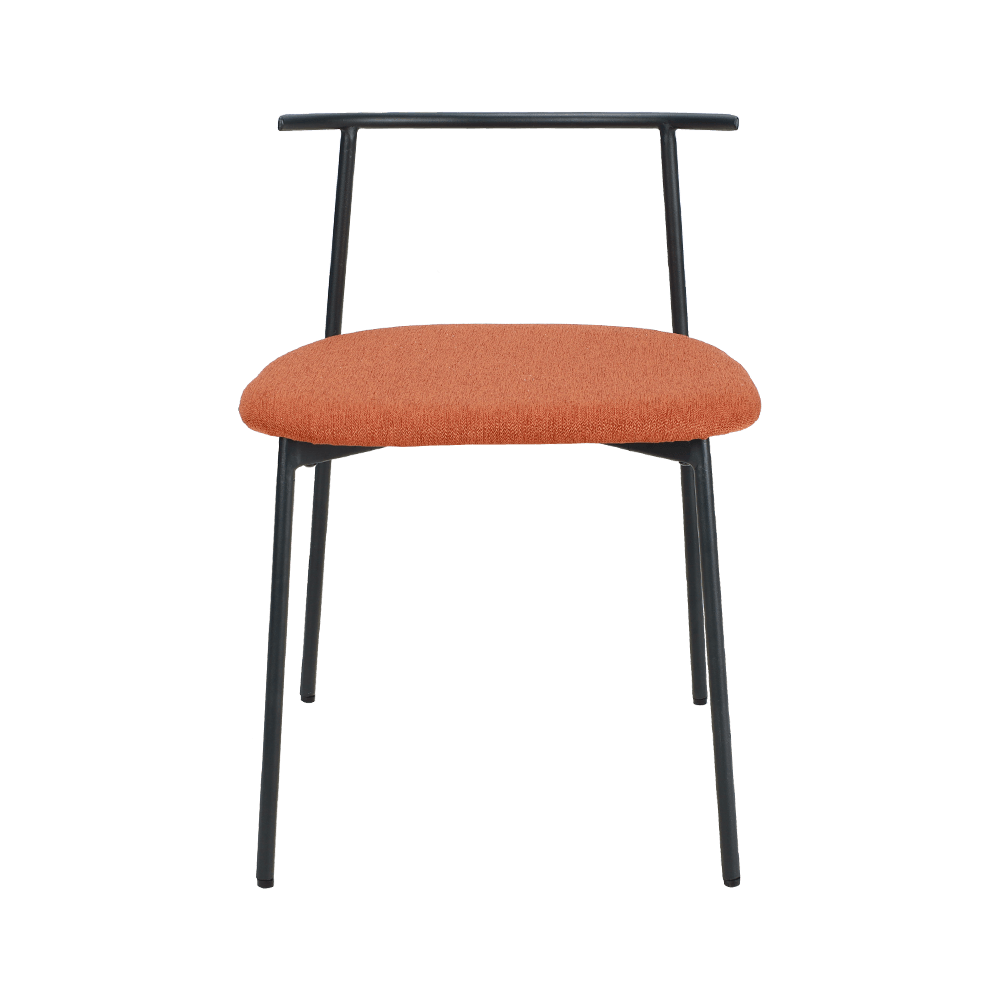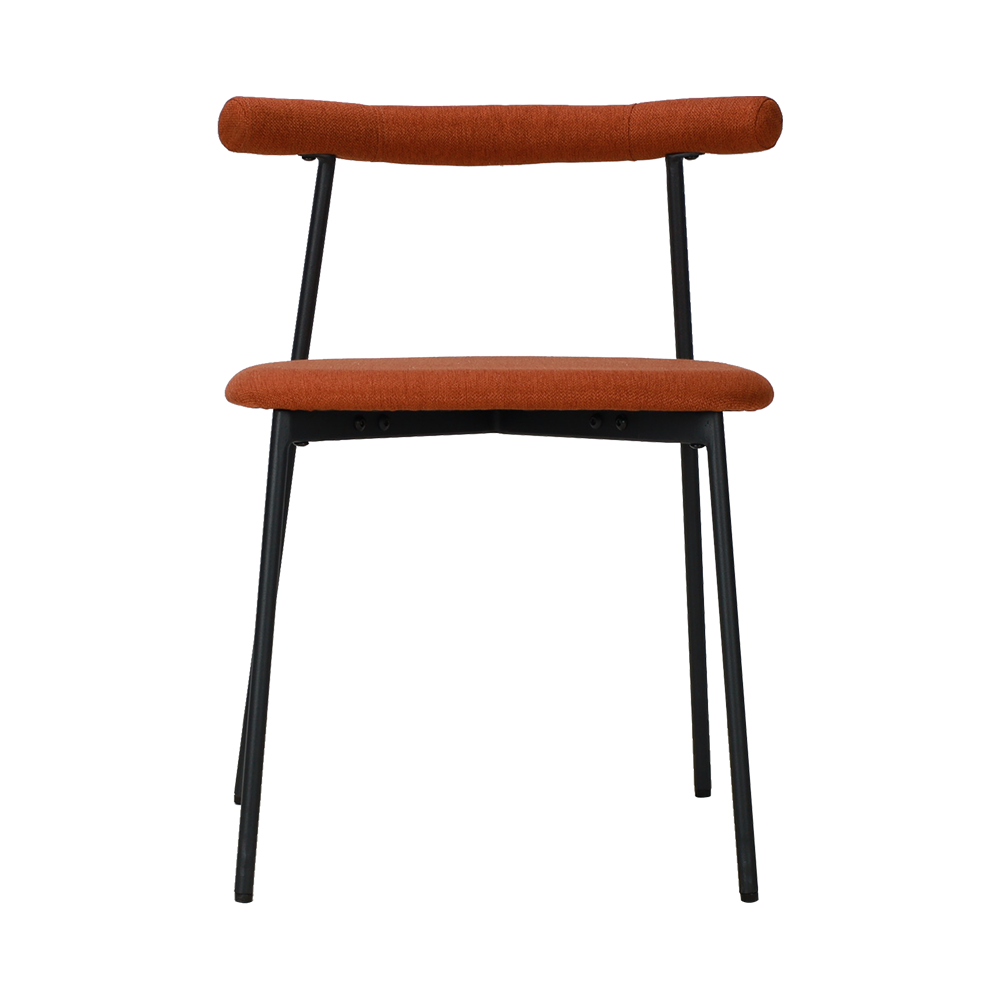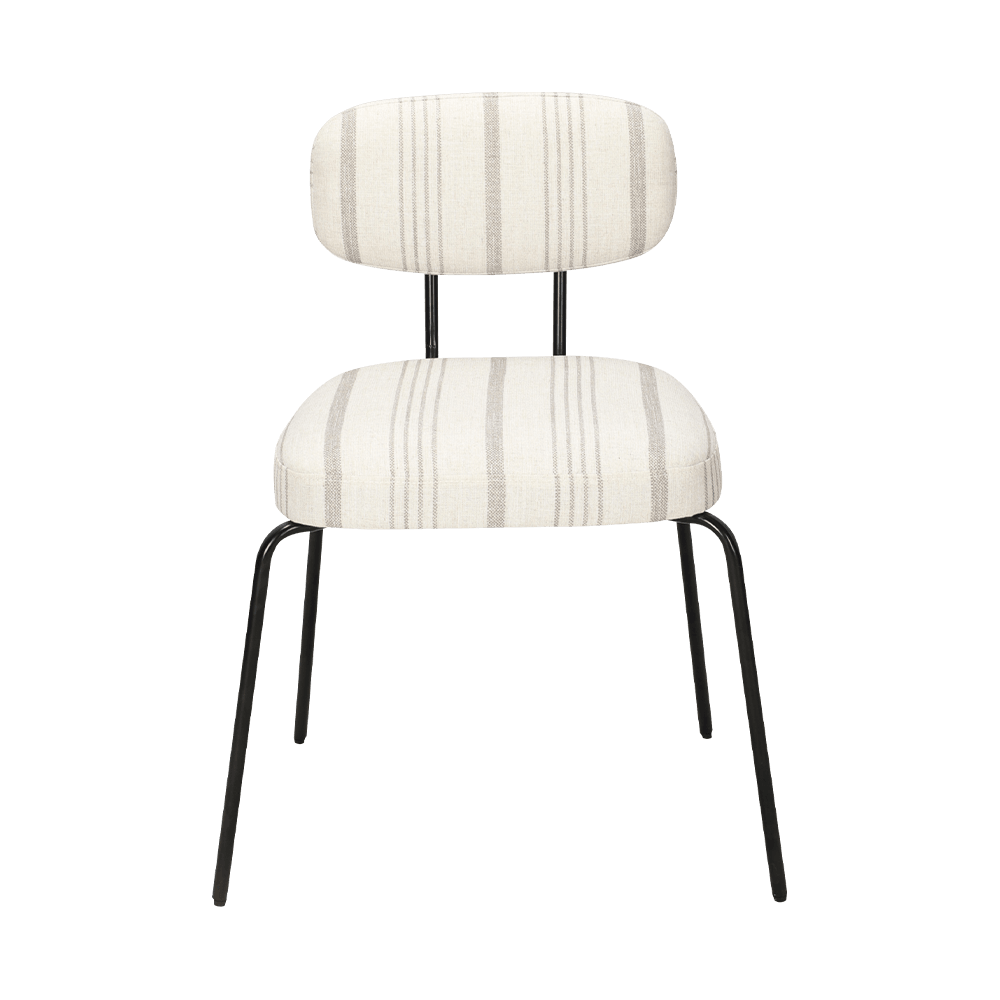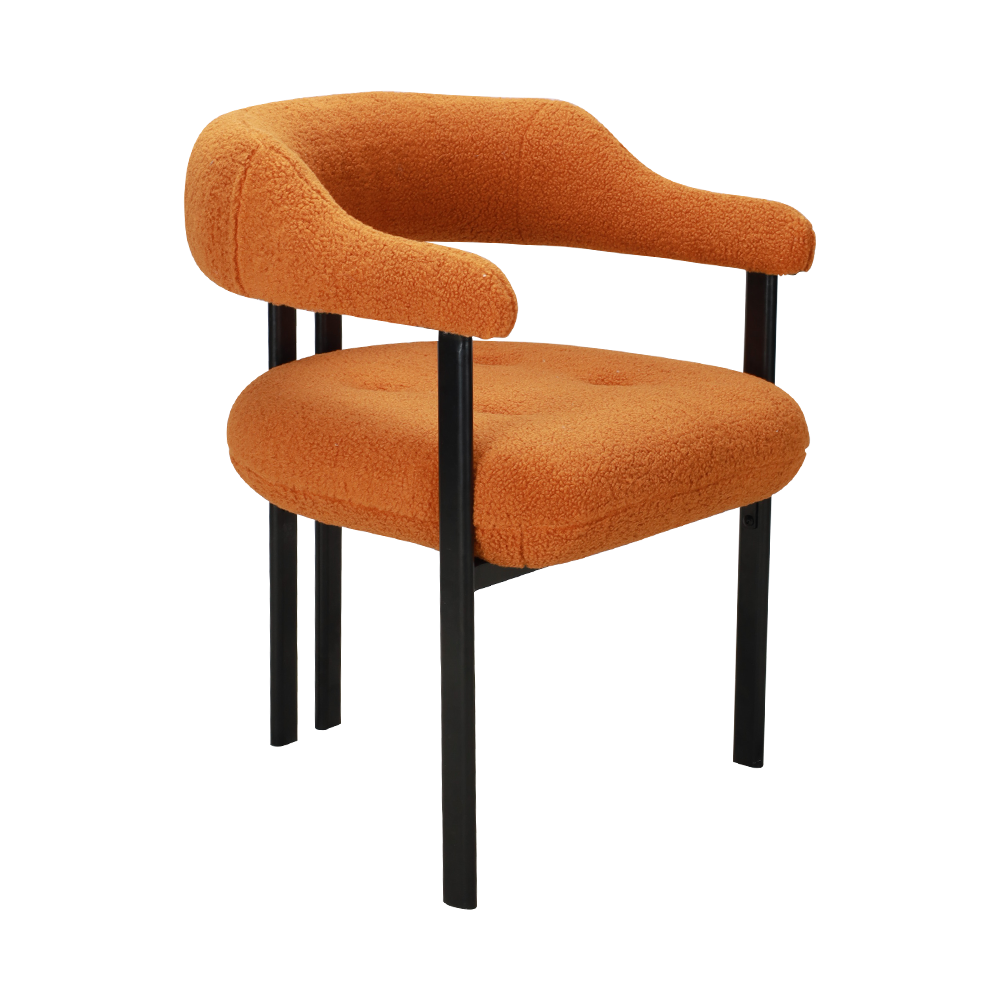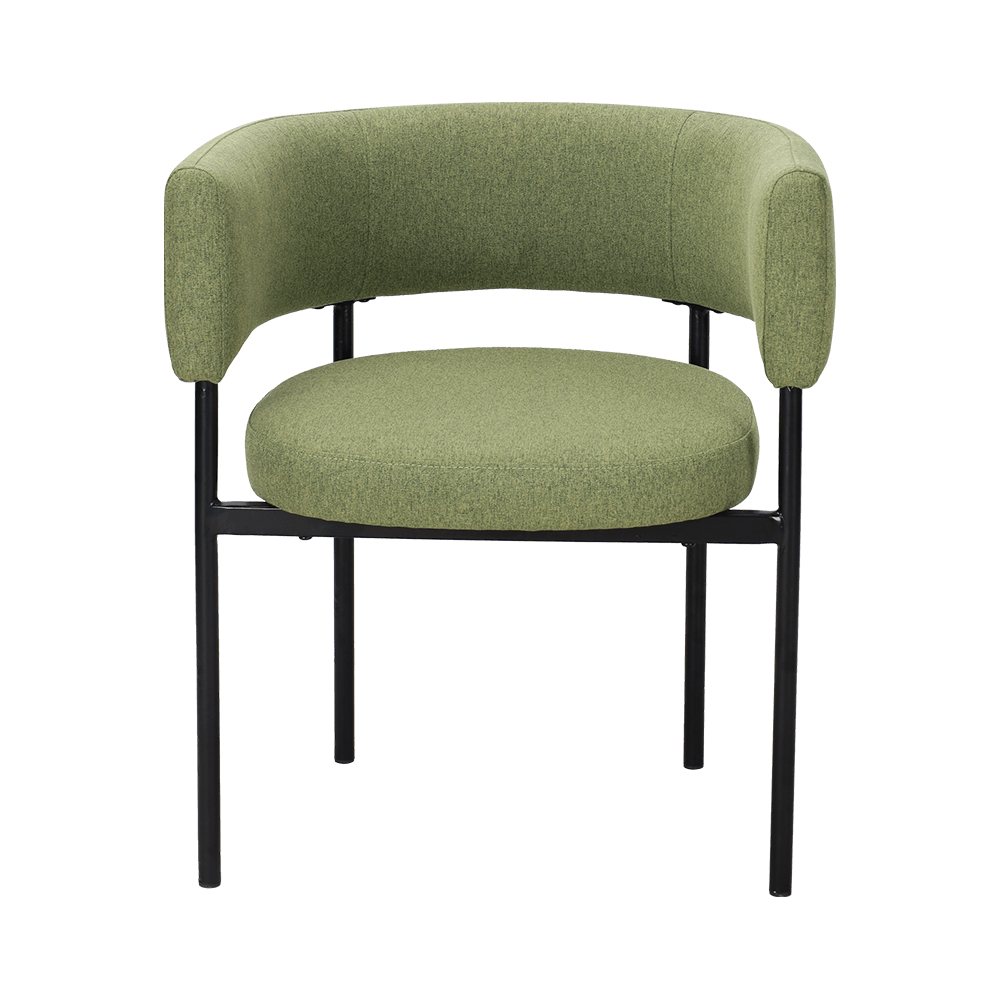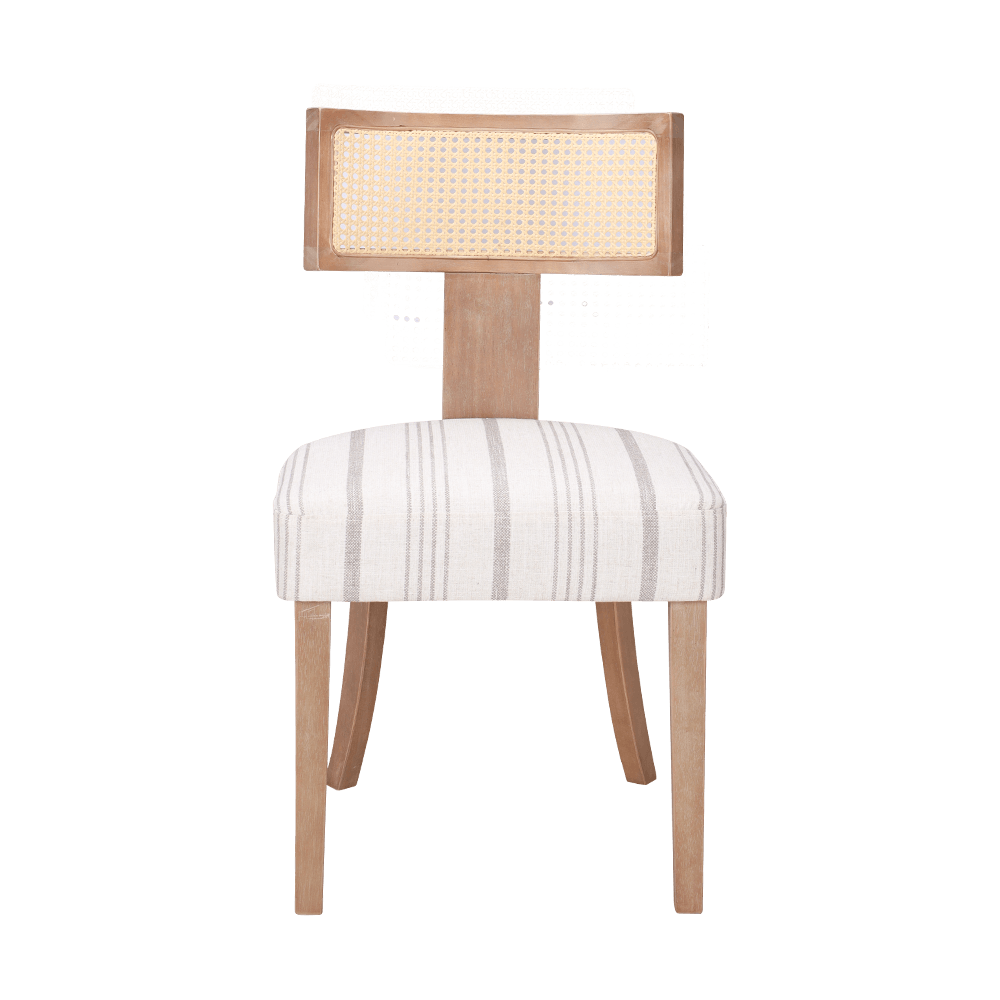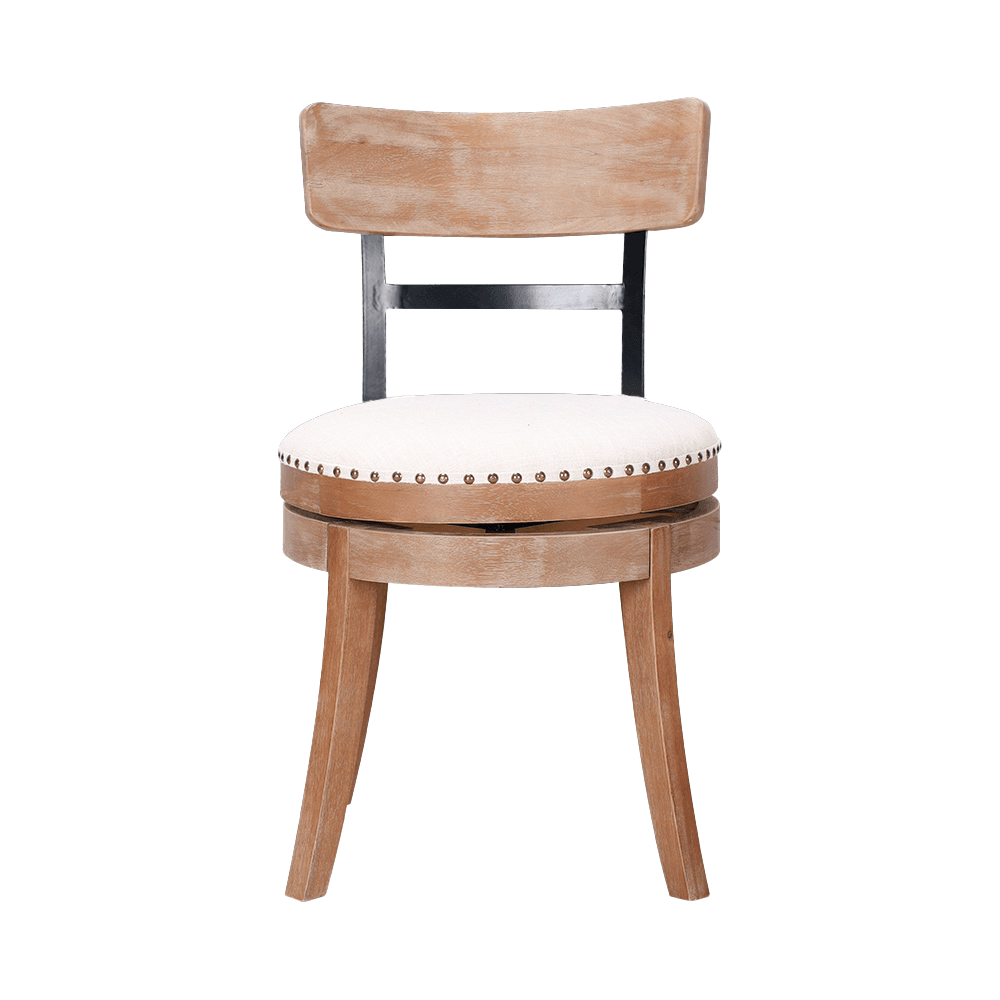What maintenance practices help preserve the texture and appearance of upholstered indoor lounge chairs?
Posted by Zhejiang Wanchang Furniture Co., Ltd.
Maintaining the texture and appearance of upholstered indoor lounge chairs is essential to preserving both their comfort and visual appeal. Over time, even the highest-quality lounge chairs can experience fading, staining, or fabric wear if not properly cared for. Consistent maintenance not only keeps the upholstery looking new but also extends the lifespan of the chair, ensuring it remains a centerpiece of interior décor.
1. Regular Cleaning to Prevent Dirt Build-Up
The first and most important step in maintaining upholstered indoor lounge chairs is regular cleaning. Dust, lint, and small debris can accumulate on the surface and within the fibers, causing gradual discoloration or rough texture.
- Vacuuming: Use a vacuum cleaner with a soft brush attachment at least once a week to remove loose dirt and dust. Pay special attention to seams, crevices, and under cushions where debris tends to settle.
- Brushing: For fabric upholstery, a soft-bristled upholstery brush can help lift dust and maintain the weave texture. This simple routine prevents dirt from embedding into the fibers, keeping the material smooth and fresh.
For leather or faux leather lounge chairs, use a microfiber cloth to wipe away dust regularly. Avoid rough cloths or paper towels, as they can leave fine scratches on the surface.
2. Prompt Stain Removal
Accidental spills are unavoidable, but quick response can make the difference between a temporary spot and a permanent stain.
- Blot, Don’t Rub: When a spill occurs, gently blot the area with a clean, absorbent cloth. Rubbing spreads the stain and pushes liquid deeper into the fabric.
- Mild Cleaning Solution: Use a mild detergent or upholstery cleaner diluted with water. Always test it on an inconspicuous area before applying it to the visible surface.
- Steam Cleaning (for fabric): Occasional steam cleaning can help remove deep-seated dirt and refresh the upholstery without harsh chemicals.
For leather upholstery, use a pH-balanced leather cleaner or saddle soap to remove stains while maintaining the leather’s natural oils.
3. Protecting Against Sunlight and Heat
Prolonged exposure to direct sunlight can cause upholstery fabrics to fade and weaken. To prevent color fading and material brittleness:
- Position lounge chairs away from direct sunlight or use curtains and blinds to diffuse light.
- Rotate the chair’s position occasionally if it is near a window, ensuring even exposure and preventing one side from fading faster than the other.
- Keep chairs away from heating vents, fireplaces, or radiators, as excess heat can dry out leather or damage fabric fibers.
For added protection, consider applying UV-resistant fabric spray on textile upholstery, which helps slow down color fading.
4. Conditioning and Fabric Protection Treatments
Different upholstery materials require specialized treatments to maintain their original texture:
- Leather Conditioning: Apply a leather conditioner every 3–6 months to keep the material supple, prevent cracking, and restore its sheen. Conditioning replenishes the natural oils lost over time and keeps the leather smooth.
- Fabric Protectants: Fabric upholstery can be treated with a fabric protector spray that repels liquid and dirt, creating a barrier against stains. These treatments are especially useful in high-traffic areas or for light-colored fabrics.
- Velvet and Suede Care: Use a soft brush or velvet upholstery tool to lift the pile and maintain the soft touch of the surface. Avoid using liquid cleaners on these delicate materials.
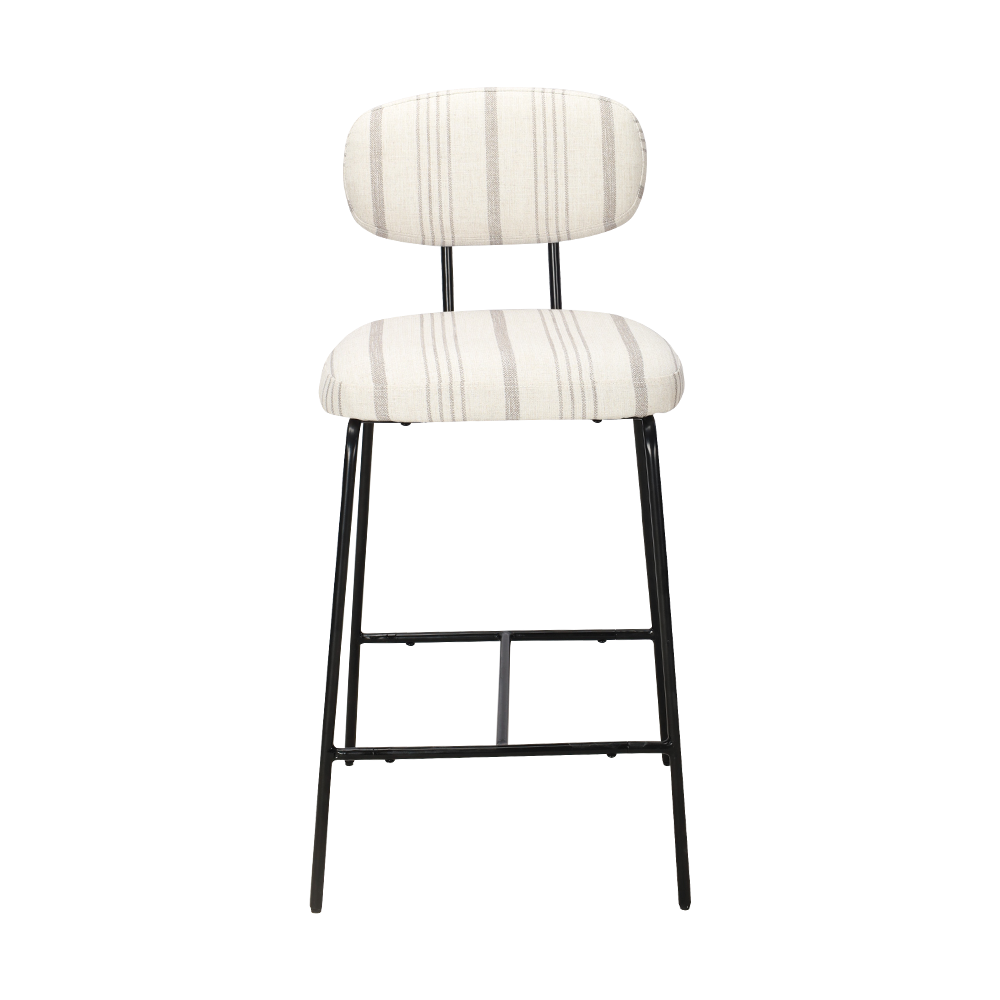
5. Cushion Fluffing and Structural Care
Maintaining the shape and comfort of cushions is just as important as preserving surface appearance.
- Regular Fluffing: Fluff and rotate cushions frequently to ensure even wear and maintain fullness. This prevents sagging and keeps the lounge chair looking balanced and inviting.
- Support Checks: Over time, seating foam and filling may compress. Consider professional re-stuffing or foam replacement if the seat feels uneven or less supportive.
- Frame and Leg Care: Tighten screws and joints periodically to maintain stability. Check for scratches or chips on wooden or metal legs, and repair them promptly to prevent structural damage.
6. Dealing with Odors and Refreshing Upholstery
Indoor lounge chairs can absorb odors from food, pets, or everyday use. To keep upholstery fresh:
- Sprinkle a light layer of baking soda on fabric surfaces, let it sit for 15–20 minutes, and vacuum it off to neutralize odors.
- Use fabric refresh sprays that are safe for upholstery materials to restore a pleasant scent.
- For leather chairs, use natural cleaners or conditioners with mild fragrances rather than artificial sprays that may leave residue.
Occasionally, professional deep cleaning services can be used to remove trapped dirt, allergens, and odors that regular cleaning cannot reach.
7. Preventing Abrasion and Wear
Friction from regular use can cause fabric pilling, flattening, or leather scuffing. To reduce wear:
- Avoid sitting with rough clothing or accessories that can snag or scratch the surface.
- Use armrest covers or decorative throws in high-contact areas to reduce direct abrasion.
- Rotate chairs within a seating arrangement occasionally to balance usage and prolong fabric life.
8. Seasonal and Long-Term Care
If lounge chairs are not used regularly, or during seasonal changes:
- Cover them with breathable dust covers to protect from dirt and light exposure.
- Maintain proper indoor humidity (around 40–55%) to prevent leather from drying out or fabric from becoming musty.
- Inspect periodically for signs of pests or mold, especially in humid environments.
9. Summary
Proper maintenance is the key to preserving the texture, color, and comfort of upholstered indoor lounge chairs. Through regular cleaning, immediate stain management, protection from sunlight, and proper conditioning, these chairs can retain their luxurious appearance for years.
Whether upholstered in fabric, leather, velvet, or synthetic materials, consistent care enhances their durability, comfort, and elegance. A well-maintained lounge chair not only adds to the visual warmth of a living space but also represents attention to quality and lifestyle comfort.




 中文简体
中文简体 English
English